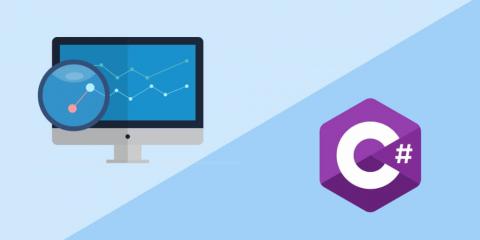Debugging with Rails Logger
If you’re a Rails developer, then you’ve probably used Rails Logger on at least one occasion or another. Or maybe you have used it without even realizing, like when you run ‘rails server’ and it prints information to the terminal window, for example. Rails Logger provides us with a powerful way of debugging our applications and gives us an insight into understanding errors when they occur.










